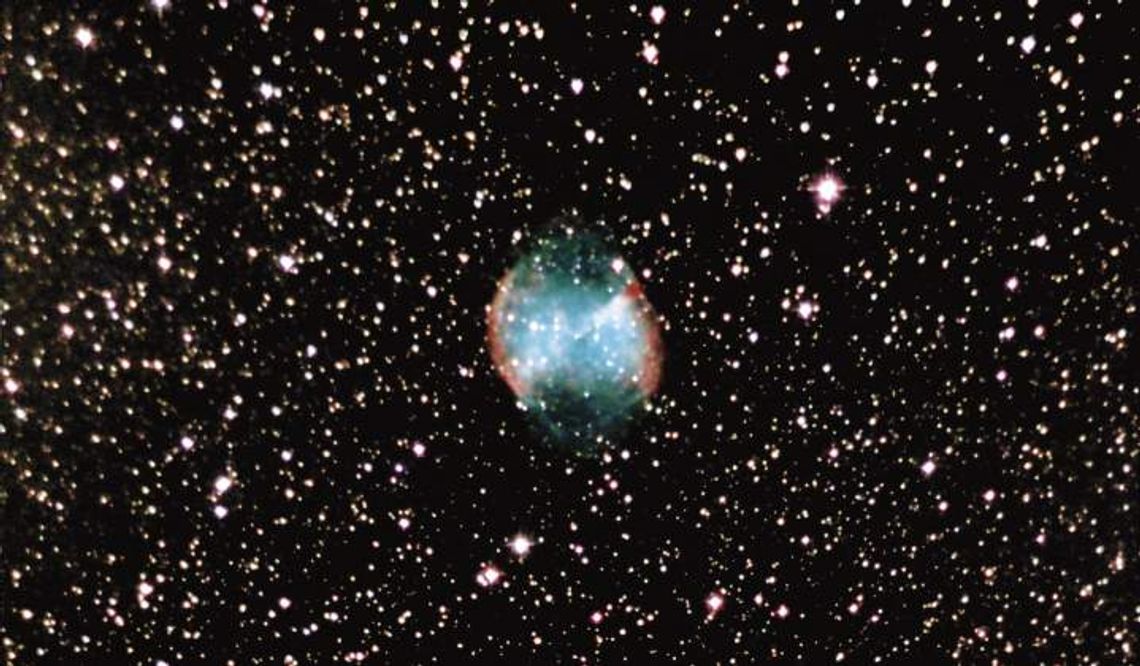“Imagine if we could accelerate continuously at 1G (gravity), like we’re comfortable with, on good old terra firma, to the midpoint of our voyage and decelerate continuously at 1G until we arrive at our destination. It would take a day to get to Mars, a week and a half to Pluto, a year to the Oort Cloud, and a few years to the nearest stars.” Carl Sagan.
That’s nowhere near the warp drive speed (faster than light) of Star Trek, however it will be doable some years or decades in the future. Certainly, humans will move around the solar system in reasonable time frames, though travel to the stars won’t be done by humans but rather by our representatives (robotics).
I believe our galaxy will be populated by our robotic representatives in the rather near future. They won’t be bothered by carrying their Earth-like life support with them and decades of travel won’t bother them. They will service and repair themselves in transit and communicate back to Earth in ways we can’t even imagine now.
They will discover and catalog life forms on as yet undiscovered planets. Imagine, if you will, how people would have laughed at you just a couple of decades ago if you said we would all be sending photos via WiFi (what?) messages, and books also from cell phones (cell phones?).
Our representatives will send catalogs back to us for our ever-questioning minds. (Note, According to Wikipedia, if a rocket were to travel at a constant acceleration of 1G, it would take about 12 years of ship time to travel the diameter of the Milky Way galaxy. (This would take, however, about 113,000 years via Earth clock time). So, to account for acceleration, deceleration, and actually exploring the galaxy, our robotics could do it in about a million years Earth time. This is why we need Artificial Intelligence.
In fact, when we’re visited by alien representatives of their biological brethren, that momentous occasion will be by their robotics. Hopefully they will not be militaristic.
I know we currently haven’t outgrown our own militaristic ways, but I have faith that we will evolve out of it given enough time. Will we have enough time before we destroy ourselves or render our planet’s ability to sustain us insufficient? Good question. We seem to be quite capable of ending all life on our little blue world.
More to the point, we’ve contributed to our planet’s environmental decline to our own detriment, as we’ve all seen just this summer. Things seem to be going out of control quicker than our environmental scientists predicted.
Having said all that, we’re either near our species’ zenith and it’s going to be a quick slide downward, or we’re going to solve our problems with brainpower, science, and teamwork. Let’s all hope for the latter.
And now for my image of the month, in the Boerne Star at least. The image accompanying this article was taken Aug. 7, 2021, from my backyard. This is an 18-minute exposure (270 four second subs).
The photo is of the Dumbbell nebula, a planetary nebula in Vulpecula. Sitting just south of Cygnus high overhead in September, M27 is the closest such nebula to the Earth at 1,360 light-year distant. It was discovered in 1764 by Charles Messier in France, hence the M in M27. It’s easily visible in binoculars and is a popular object at star parties.
Planetary nebulas get their names because some of them look like small, round planets in an eyepiece. Like other planetary nebula, it consists of fluorescing gas ejected from a former red giant star near its end of life. he star itself is now just a tiny, hot core whose spectrum resembles that of an ancient nova, the most central small star in the photo.
This will happen to our sun in time, but no one that looks like us will be around to see it. In about 5 billion years, our sun will first expand into a red giant, consuming Mercury, Venus, and probably the Earth in the process.
After that, it will shed its outer layers and form a planetary nebula. The remaining core will become a white dwarf star.
Astronomical events in our September skies: * In September, the visibility of our Galactic Center of the Milky Way in both hemispheres becomes shorter and shorter until it’s no longer visible by November.
* This month marks a change of season, from summer to fall in the northern hemisphere and from winter to spring in the southern hemisphere. This occurs on Sat, Sept 23. Yes, finally this over-hot, dry summer will finally be over. This is the time when the sun “crosses” the Earth’s equator, going from the northern to southern hemisphere.
* This is an excellent time to catch the Zodiacal light visible about 2 hours in the east before the morning twilight of the rising sun. The zodiacal light is made of out trillions of dust particles in the plane of our solar system illuminated by the sun.
You need to be in a really dark location a few days around Sept 23. It will resemble the Milky Way but more faint.
JACK ESTES








Comment
Comments